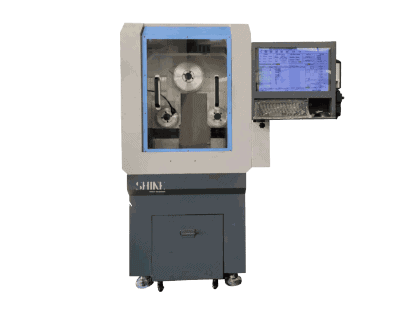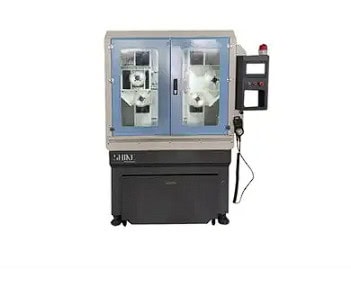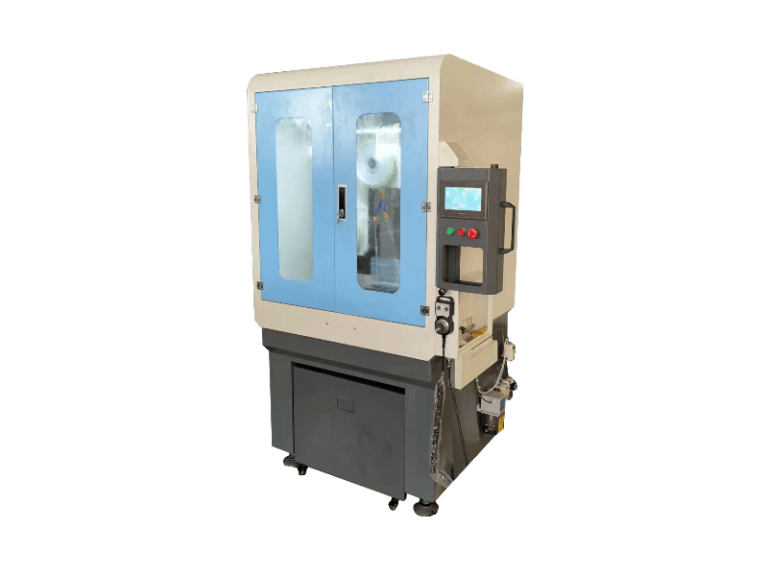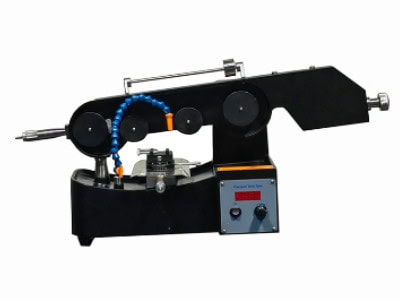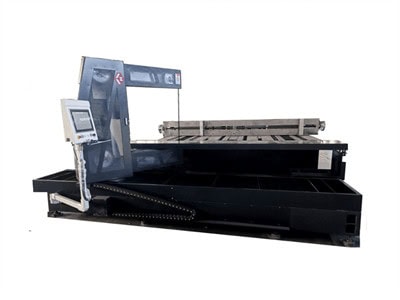Choosing the proper laboratory wire saw is vital for correct sample guidance. In medical studies, having the appropriate gear guarantees that samples are reduced precisely, preserving their structure. Scies de précision pour la coupe du fil are designed to reduce the spread of rock, glass, bone, and even sensitive organic samples. But with unique models and capabilities, how do you pick the proper one?
This guide will help you understand the primary elements to remember while choosing a laboratory wire saw. This will help you make an intelligent choice for your studies.
How to Choose the Best Laboratory Wire Saw for Accurate Sample Preparation
Understand Your Sample Material
The first step in selecting the proper scientific sample preparation tools is recognizing your pattern fabric. Different materials require unique varieties of wire and saw functions. For example:
Rugged Materials: Hard substances like rocks, ceramics, or metals need a strong wire, including a diamond-covered wire, to cut smoothly. Diamond wire is ideal for complex materials because it is durable and cuts cleanly without damaging the sample.
Soft or Fragile Materials: Biological samples, like tissues and bone, need mild contact. Choose a wire saw that gives low strain and sluggish, constant slicing. This helps guard the sample from warmth and vibration.

Consider the Wire Type and Coating
The sort of wire and its coating play a significant role in the performance of the wire saw. Here are some commonplace kinds:
Diamond-Coated Wire: This is the most popular desire for diamond-coated wire saw. Diamond is very robust and can be reduced through nearly any cloth. If you want versatility, a diamond-lined wire is a remarkable option.
Resin-Coated Wire: Resin-coated wires are softer and often used for sensitive substances. They save you rough edges and limit stress on smooth samples.
Steel Wire: Some laboratory wire saws use bare metal wires. These are higher for trendy functions and much less fragile samples.
Look for Adjustable Speed and Pressure Controls
A suitable laboratory wire saw must have adjustable speed and stress controls. These capabilities assist you in precisely manipulating the slicing manner, which is especially essential for sensitive substances. Here’s why they rely:
Speed Control: Different materials respond to unique speeds. More complex substances may require a faster velocity, while fragile samples may additionally want a slower tempo. Regulating the speed allows you to match the saw’s movement to the fabric you’re slicing.
Pressure Control: Pressure is similarly vital. Too much stress can harm sensitive samples. Choose a wire saw that lets you regulate pressure settings to avoid needless pressure on the cloth.
Check for Cooling Features
When a lab cutting equipment cuts through a fabric, it generates heat. Too much heat can harm the sample or cause cracks. For this reason, cooling capabilities are critical for accurate and safe cutting.
Water Cooling: Many wire saws have water cooling systems. Water flows over the wire, retaining it, and the pattern cools. This is useful for substances that can’t withstand excessive temperatures.
Lubricant-Based Cooling: Some saws use a special lubricant instead of water. This approach keeps the wire from overheating and reduces friction, making it perfect for metal and ceramic samples.
Consider the Size and Design of the Saw
The length and design of the laboratory wire saw can affect its overall performance and ease of use. Here are a few key points to keep in mind:
Sample Size: Choose a saw that can handle the scale of your samples. Some saws are designed for tiny samples, while others are made for oversized materials.
Ease of Use: A straightforward layout with clean controls is critical, especially if multiple people in the lab could be using it. Look for a person-friendly design with clear instructions and smooth changes.
Portability: Some Scie à fil CNC pour laboratoires are compact and transportable. If you want to transport your gadget regularly, a smaller, portable model might be high-quality.
Which is the Best CNC Glass Cutting Wire Saw?
Le “SG 20” is one of the best selections for all who want a CNC glass-reducing wire saw. The SG 20 is designed to reduce glass with excessive precision, making it perfect for duties that require exact cuts and clean edges. This saw has advanced CNC control functions, allowing you to apply and automate cuts effortlessly. This saves time and improves accuracy, which is critical when working with fragile substances like glass. With the SG 20, you get a clean and smooth cut whenever.

Where Can I Buy the Best Laboratory Wire Saw?
If you are looking to buy a reliable laboratory wire saw, “Shine” is one of the excellent suppliers to consider. Shine gives splendid wire saws that meet the appropriate needs of scientific research labs. They are regarded as durable, easy-to-use systems that can handle a variety of materials, from delicate organic samples to rugged rocks. Shine’s micro-cutting saw for lab samples is also designed with adjustable pace and stress controls, which allow you to make correct cuts without unfavorable your samples. By choosing Shine, you’ll get a wire saw that helps enhance your lab’s accuracy and efficiency.
FAQ
Why is diamond-lined wire advocated for hard materials?
The diamond-covered wire is robust and sturdy, perfect for cutting hard materials like rocks and metals. It cuts easily without causing cracks or breaks.
Can I use a laboratory wire saw for sensitive organic samples?
Yes, découpe de matériaux pour les laboratoires de recherche is suitable for sensitive samples. Choose a low-stress model and adjustable pace to defend fragile substances like tissue or bone.
Do I need a cooling gadget for my laboratory wire saw?
A cooling gadget is extraordinarily encouraged, mainly for materials sensitive to heat. Cooling keeps the wire and sample cool, lowering the danger of damage or cracks.
In Wrap Up the Best Laboratory Wire Saw
Choosing the proper scie à fil de laboratoire for correct pattern instruction is about matching the saw to your wishes. Consider your pattern fabric, wire type, adjustable controls, cooling features, saw length, and preservation desires to find the best device for your lab.
With the proper wire saw, you’ll obtain precise cuts that preserve the structure of your samples. This will help you make better observations and discoveries in your studies.

